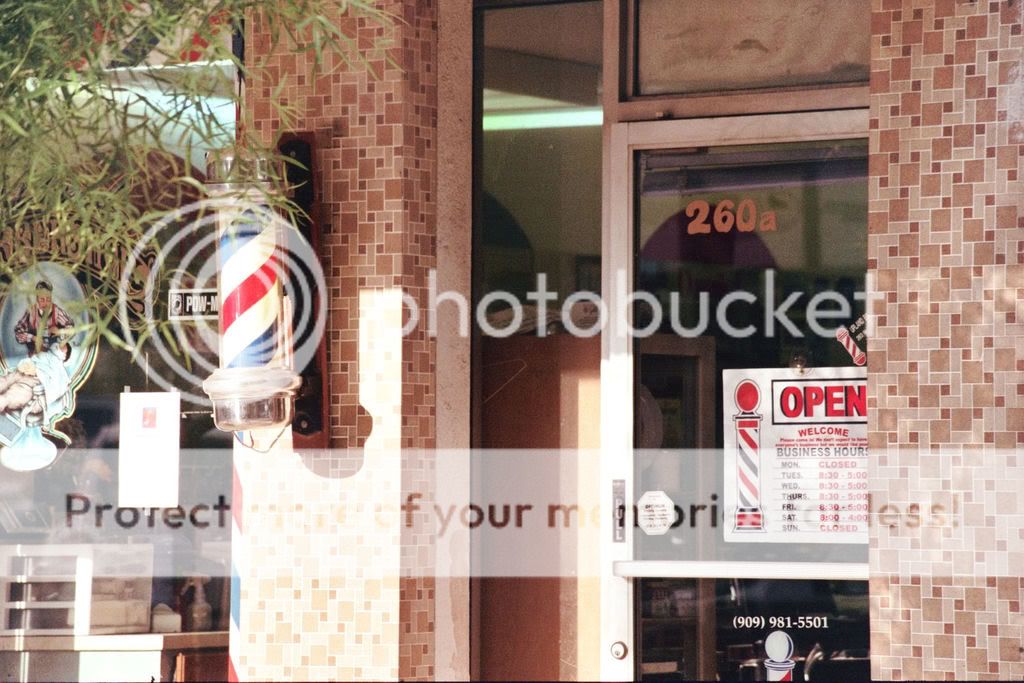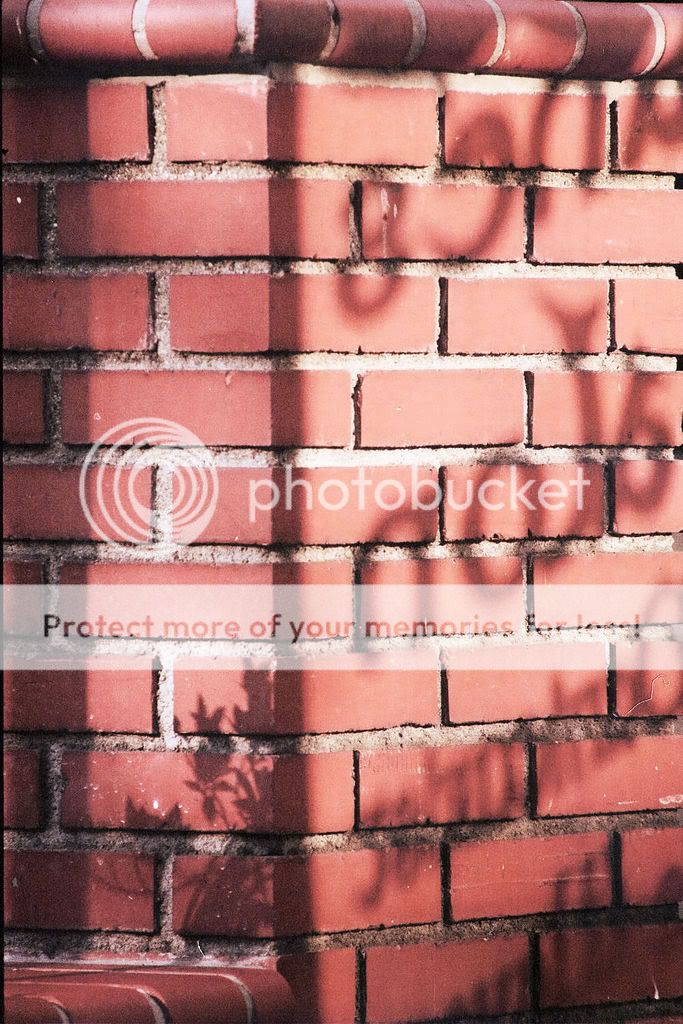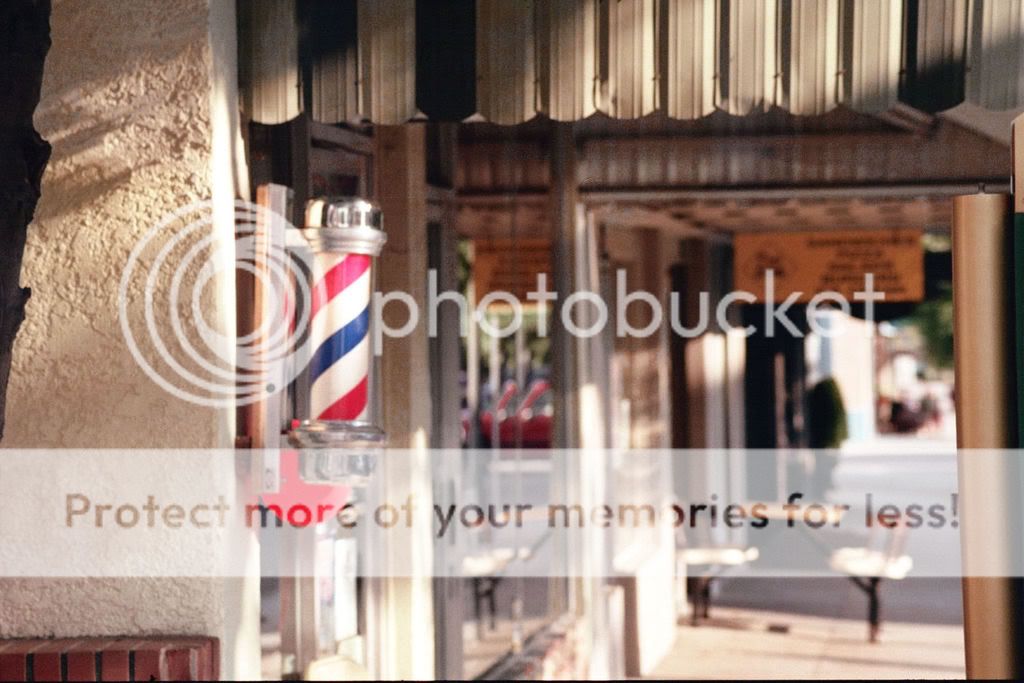I'll echo what Mike just said. Slightly underexpose the shot to get more colour and contrast from the film. The "rule of Thirds" is very often an important one. A good basic understanding of some of these "rules" is found here:
Photography Guide
and:
http://digital-photography-school.com/blog/4-rules-of-composition-for-landscape-photography/
I hope this doesn't overwhelm you but 3 of my favourite sites to visit for info are :
The Luminous Landscape The Radiant Vista THEONLINEPHOTOGRAPHER.COM
I'd also strongly recomment Byran Peterson's book, "Underestanding Exposure" 2004. Which you should be able to find in a used book store if your town is large enough. Start with that. It's a huge wealth of knowledge.
Another tip when learning is to review other peoples work. Go to the PF gallery here:
User Photo Gallery - Gallery and see what others have done. Pick a subject you like and see how well you can replicate those shots. But remember that these images are what most will consider thier best stuff and it doesn't show the 1000's of discarded images. If you find you are having trouble getting close to what others have done, then post some results again for comments and advice. This is not to say you should always copy others work, but as a learning tool. You'll create your own style very quickly.
One of the most important tips I can pass on is this. When shooting print film and trying to learn, take a notepad and pen with you. Record all the details of the shot (meter readings, ASA/ISO, type of film etc). The info will make a huge difference in learning where the errors and successes are.
Shoot some scenes in a bracketed fashion. For example. You have a landscape, The meter says f8, 1/250th @ISO 100*. Shoot the scene at the meter readings and also at one stop above and one stop below. You will then learn how the meter is reacting to the light and what would work best in the future.
Excellent first series and keep them coming.
*One stop higher (brighter) would be f5.6 and one stop darker would be f11. A full stop scale is the following: 1.4 2.0 2.8 4 5.6 8 11 16 22
Also you can do the same by leaving the f stop alone and adjusting the shutter speed. The scale for one full stop is this: 1/2000 1/1000 1/500 1/250 1/125 1/60 1/30 1/15 1/8. So in the example above you would try 1/500th to go darker and 1/125th to go brighter.
Last note. To avoid camera shake when not using a tripod, shoot the shutter speed to the focal length of the lens or higher. You can hand hold below that but you risk getting shaky shots. So if you are using your lens at 300mm. The minimum shutter speed should be 1/250th or higher to get a sharp image.


 Similar Threads
Similar Threads 
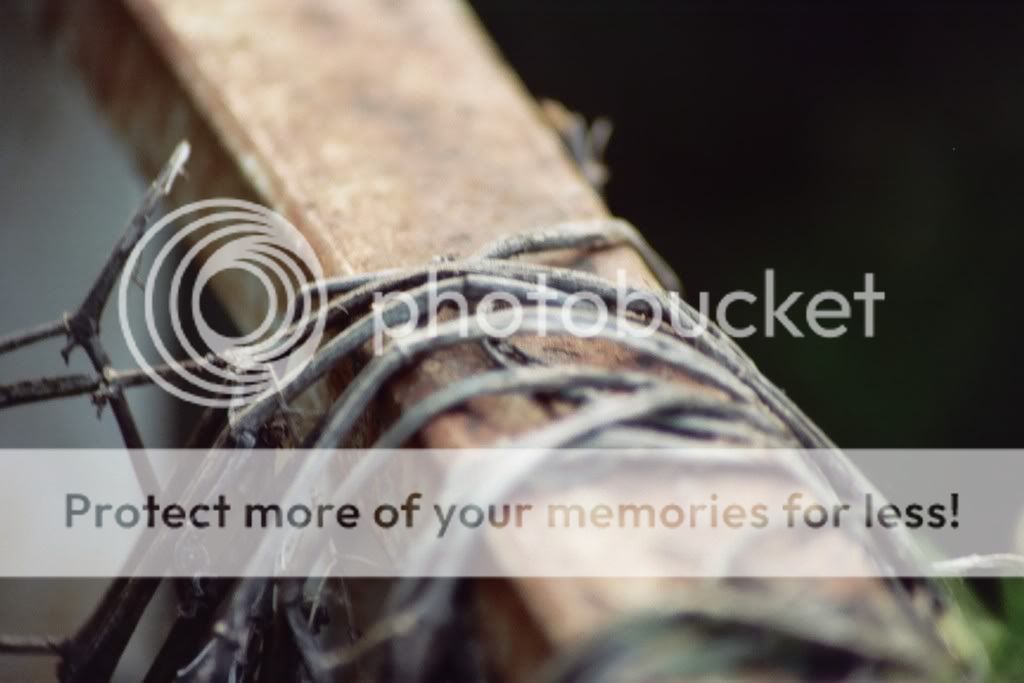
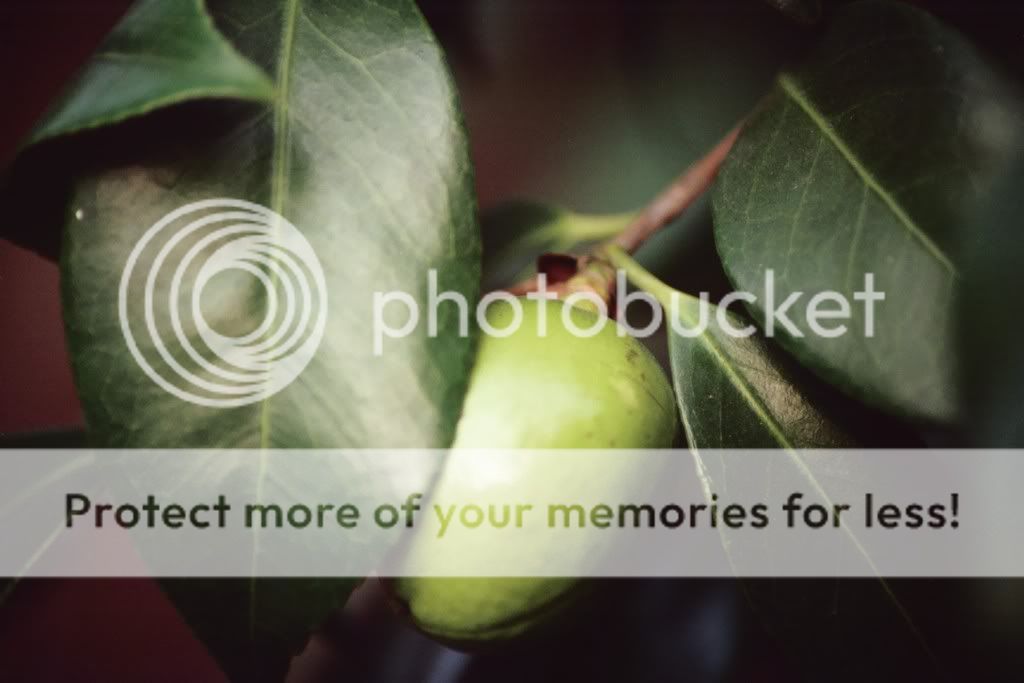
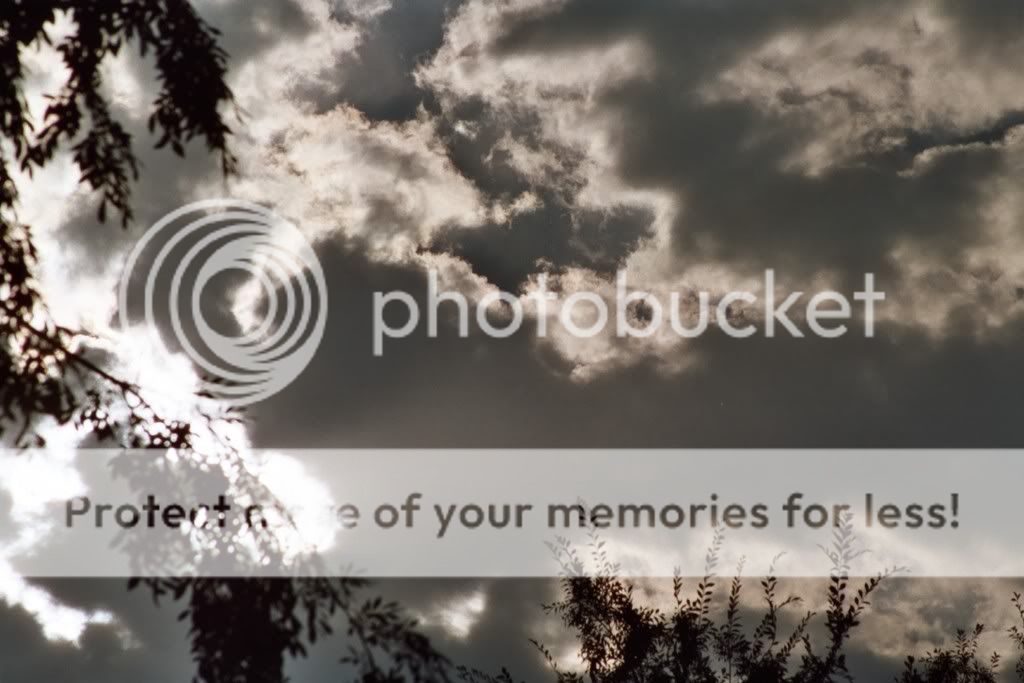


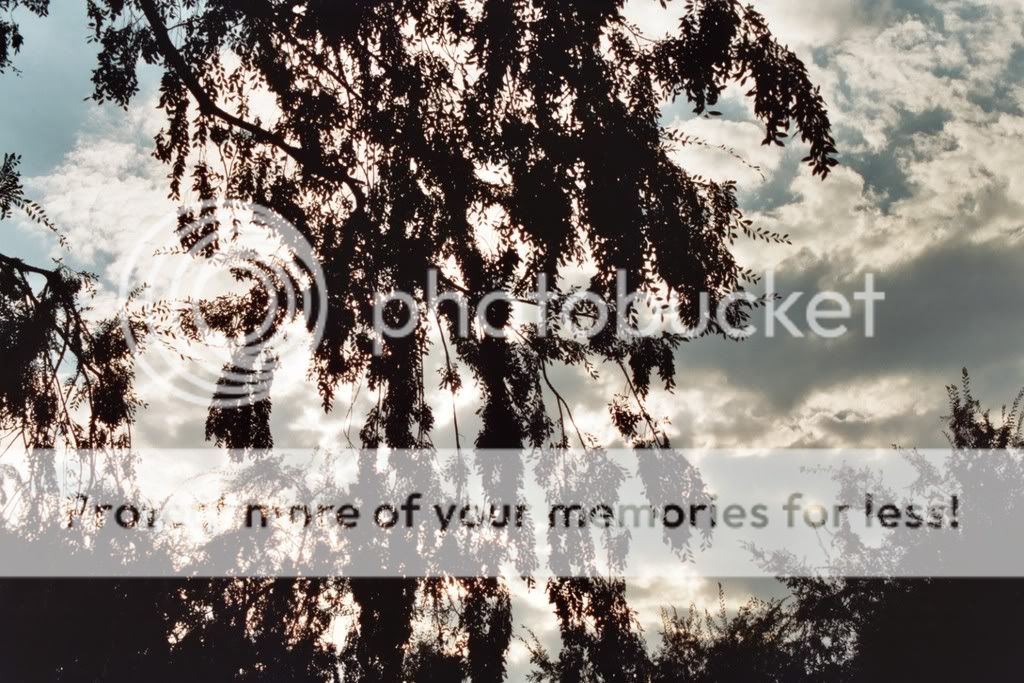





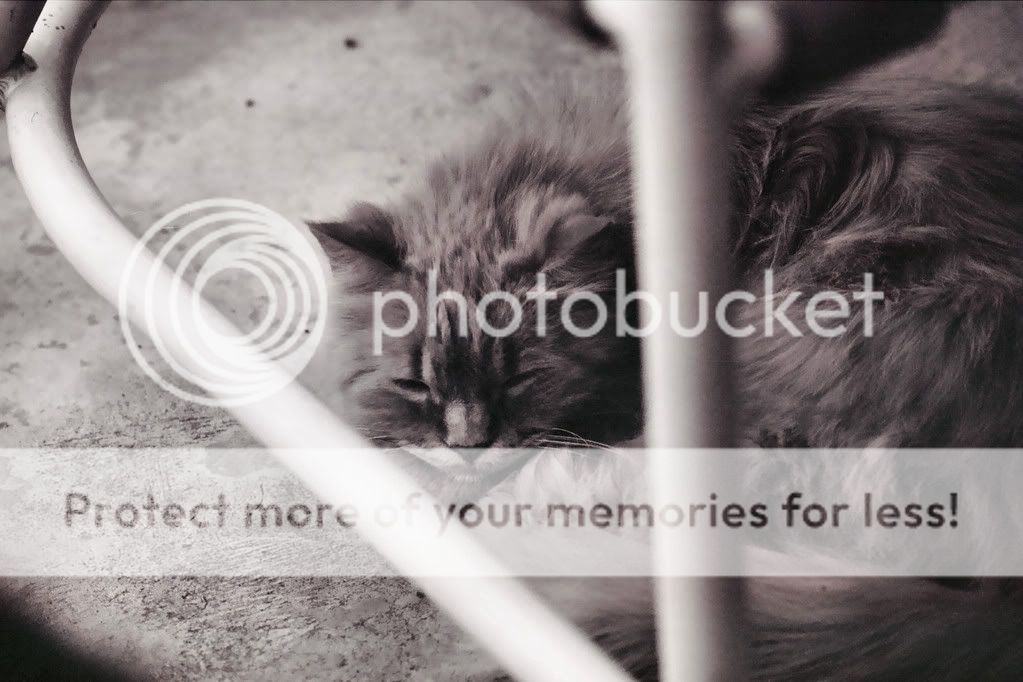




 .
.




